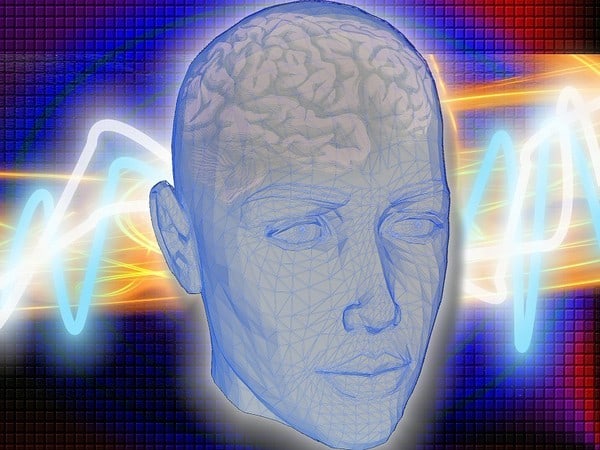Washington: Researchers introduced a new set of guidelines for rehabilitation of patients with moderate to severe traumatic brain injury (TBI), incorporating insights from rehabilitation professionals responsible for providing care from initial assessment through long-term follow-up.
Clinical practice guidelines play a critical role in promoting quality care for patients with TBI. Professionals at Wolters Kluwer Health revealed that updated guidelines are also needed to reflect the trend towards community-based rehabilitation.
From the outset, the guideline development process assessed the needs and expectations of “end users”: the clinicians and managers providing rehabilitation care for patients with moderate to severe TBI. A study found that rehabilitation professionals expressed positive perceptions of clinical practice guidelines – however, only a small proportion of respondents used them in everyday practice. The professionals identified several key topics to be covered in guidelines, including the intensity and frequency of rehabilitation services, managing behavioral disorders, and cognitive function impairment, and social participation and community life.
A separate survey quizzed professionals on their views about how well guideline recommendations were implemented into the care of patients with TBI. While a high percentage of recommendations were considered “fully or mostly implemented,” several gaps in implementation were recognised, both in acute care and rehabilitation settings.
The study highlighted the unique features of the INESSS/ONF guideline development process that addresses users’ needs, including providing prioritisation of recommendations for implementation, implementation tools, indicators to measure uptake, system implications, and background rationale and evidence supporting the recommendation.
The final clinical practice guidelines include 71 recommendations related to the components of the optimal TBI rehabilitation system, including the intensity/frequency of interventions, rehabilitation mechanisms, duration of interventions, and mechanisms for promoting continuity of care; and 195 recommendations pertaining to assessment and rehabilitation of the sequelae of brain injury, including behavioral disorders, cognitive dysfunction, fatigue, sleep disturbance, and mental health.
The vision behind the guidelines encompassed the whole “knowledge to action cycle,” including measures to define and support the implementation of the recommendations.
The findings appeared in the Journal of Head Trauma Rehabilitation.
[source_without_link]ANI[/source_without_link]

